Description
In the intricate web of substation operations, where real-time data from disparate IEDs must converge without a hitch to avert cascading faults or compliance lapses, engineers often battle the constraints of legacy bandwidth and storage in remote terminal units—leading to throttled analytics or siloed insights that hamstring grid responsiveness. The GE D20 EME steps up as an Ethernet and memory expansion module tailored for the GE D20 and D200 RTU chassis, directly alleviating these bottlenecks in industrial automation by infusing scalable connectivity and headroom for mission-critical processing. Think of a sprawling transmission network: protective relays and metering devices flood the RTU with event streams, but without augmented memory, those sequences bloat buffers, delaying SCADA handoffs and risking overlooked transients that spike outage risks. This module tackles that by boosting onboard RAM for richer data histories and layering in Ethernet ports for fluid protocol bridging, ensuring high reliability for I/O signals across distributed nodes. It’s crucial in process control environments like feeder automation, where modular integration accelerates upgrades without chassis swaps, or in renewables tie-ins demanding DNP3 fluency amid variable solar inflows. Centering on the engineer’s aim of fortified system stability, the GE D20 EME dissolves the silos of serial-only links, empowering teams to harness Ethernet’s speed for edge computing without exhaustive rewiring. In distribution vaults, it excels during peak demands, caching analog averages and SOE logs to preempt voltage sags in real time. This transcends basic add-ons; it’s a catalyst for resilience, curbing the diagnostic blind spots that erode MTBF in aging fleets. For those vetting expansions in RTU architectures, the GE D20 EME gels because it marries extensibility with protocol depth, charting an efficient path to elevated process control that nods to NERC CIP without stranding core investments. Whether revitalizing a regional hub or extending pole-top relays, it equips deployments with the throughput to transmute fragmented feeds into cohesive oversight.
The GE D20 EME integrates as a plug-in enhancer within the D20/D200’s VME or Eurocard framework, elevating the RTU’s core by appending Ethernet interfaces and memory tiers to the main processor’s domain. Drop it into the dedicated expansion slot of a D20 chassis, and it activates: onboard buffers swell from baseline 8MB to 16MB for stashing extended event queues or custom scripts, while RJ-45 or BNC ports (via optional MICs like 10BASE-T or FL) hook into LAN segments, ferrying Modbus or IEC 104 payloads to upstream masters with sub-second latency. Anchored low in the automation stack—adjacent to the D20ME CPU yet upstream of field I/O modules—it filters comms traffic, offloading the processor from polling overloads and injecting redundancy handshakes for failover in dual-chassis arrays. Diagnostics nestle in via status LEDs and SNMP queries, surfacing buffer overflows or link drops to the HMI for swift triage, minus cabinet dives. Cascade it with analog cards like the D20A or digital packs in the rack, and it funnels aggregated streams into the QNX-like kernel, mastering protocols from DNP3 serial to Ethernet variants for seamless DCS fusions. Its straightforward vibe shines through; WorkStation configs script memory partitions and port mappings without labyrinthine tweaks, shrinking integration from sprints to strides. For mixed-media plants blending coax and twisted-pair, the module’s adaptive PHYs enforce collision domains, quelling the ether’s chaos that unravels unbuffered nets. In essence, it fortifies layered paradigms—acquisition at the fringe, expansion for bandwidth, apex for fusion—breeding lithe matrices that stretch from isolated vaults to meshed corridors. This interplay not only sharpens fault forensics but also sets the stage for OTA firmware lifts, harmonizing with escalating cyber edicts.
- GE D20 EME
- GE D20 EME
| Specification | Details |
|---|---|
| Model Number | D20 EME |
| Brand | GE (General Electric) |
| Type | Ethernet/Memory Expansion Module |
| Input Voltage | 5 V DC (from chassis backplane) |
| Operating Temp Range | -20°C to +60°C |
| Mounting Style | Slot-mounted in D20/D200 chassis |
| Dimensions | 160 mm × 100 mm × 20 mm |
| Weight | 0.2 kg |
| Interface/Bus | Ethernet (10BASE-T/2/FL via MIC); VME/Eurocard backplane |
| Compliance | CE, RoHS; NERC CIP compatible |
| Supported Protocols | DNP3, Modbus, IEC 60870-5-104 |
| Typical Power Draw | 5 W |
Harnessing the GE D20 EME delivers layered safeguards in data sovereignty, as its memory uplift cradles voluminous SOE archives through geomagnetic storms or firmware glitches—picture a coastal substation where Ethernet failover keeps DNP3 alive amid surges, sustaining relay coordination that averts arcs and trims repair calls by shifts. This depth fuels anticipatory edges; fuller buffers enable trend baselines in SCADA, spotlighting harmonic drifts from inverters before they destabilize feeders, often postponing capex on extra historians. Rollout rigors fade too, with its slot-native fit demanding zero panel mods, grafting bandwidth into vetted D20 webs via a MIC snap rather than a cabling crusade.
Throughput’s pulse stays taut, with 10 Mbps Ethernet slicing poll cycles to milliseconds, anchoring analog deadbands that iron out chatter in volt/VAR loops—pivotal for utilities weaving EVs where flux begs unflinching polls. Stewardship shifts to sentinel mode; embedded traps flag port flaps to consoles, unmasking a frayed CAT5 in a heartbeat over harness hunts, which might slash field hours by thirds in remote grids. Tailored for tenacity with ESD clamps and thermal throttling, it covenants steady yields that surpass vanilla extenders, rooting opex in frontier flux. For forward-thinkers charting sprawls, its protocol envelope simplifies GOOSE infusions, warding off mandates like hardened perimeters without core discards. Ultimately, the GE D20 EME recasts augmentation from afterthought to armature, allotting the capacity and cadence that hoist RTU realms from adequate to astute.
The GE D20 EME embeds in transmission substations, where it amplifies the D20ME’s reach to ingest breaker telemetries and synchrophasor bursts, underpinning critical system uptime via Ethernet trunks that weather lightning barrages and protocol floods demanding millisecond syncs. In these process control environments, its memory hoard buffers COS events for post-fault replays, staving off desyncs that could isolate a 345 kV line. Distribution feeders claim another bastion, with the GE D20 EME in pad-mount RTUs queuing cap-bank commands amid urban EMI and rodent nibbles, where continuous uptime guards against flickers in smart-city loads. Here, Ethernet bridging fuses legacy SEL relays sans latency tax, upholding I/O signal high reliability for automated reclose. Hydro cascade plants complete the set, the module in cascade controllers caching flow analogs against flood pulses and silt jams, enabling remote tweaks that optimize spillways in variable rains. Spanning these used in power plants and process control environments, it tames harsh conditions, heightening high reliability for infrastructures chasing decarbonization dividends.
D20ME II – Main processor upgrade for enhanced serial ports and VME integration in D20 cores.
D20A – Analog I/O module that leverages EME memory for scaled transducer polling.
D20S – Digital status input card pairing with EME for expanded SOE buffering.
D20C – Contact output module for Ethernet-driven control in redundant D200 nodes.
D20KT – Communications termination unit complementing EME for multi-protocol gateways.
D20UPC – Universal protocol converter for synchronous ties alongside Ethernet expansions.
D20DC – DC interface board for peripheral power in EME-augmented chassis.
D20MX – High-memory variant for XML-configured D20 setups with EME Ethernet.
Before nesting the GE D20 EME into your D20 slot, gauge backplane seating—VME edges on non-rev chassis can bind if dust cakes pins, so a soft ESD wipe and alignment jig preempts shorts that ghost comms. Verify MIC mating too; a 10BASE-T card needs hub negotiation under 100 m to dodge collisions that bloat DNP3 retries. Memory baselines warrant a pre-flash from WorkStation—mismatched partitions risk boot stalls, so sync to the D20ME’s schema via USB for clean handoffs. Care cycles lean predictive: monthly Ethernet loops with a cable certifier unearth attenuation in shielded runs, especially in conduit-choked vaults; clips over 20 dB cue swaps to preserve frame integrity. Biannual buffer stress, queuing synthetic floods from a testbed, assays overflow thresholds sans live pulls—note hits above 90% to tune scripts preemptively. In humid lairs, desiccant packs near the chassis curb condensation on memory chips; quarterly visuals catch haze that could etch contacts. These protocols, drawn from substation scars, perpetuate the module’s vigor, lightening your watch to orchestration over overwatch.

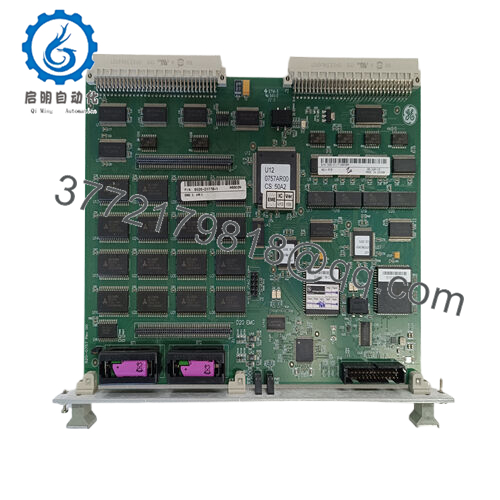
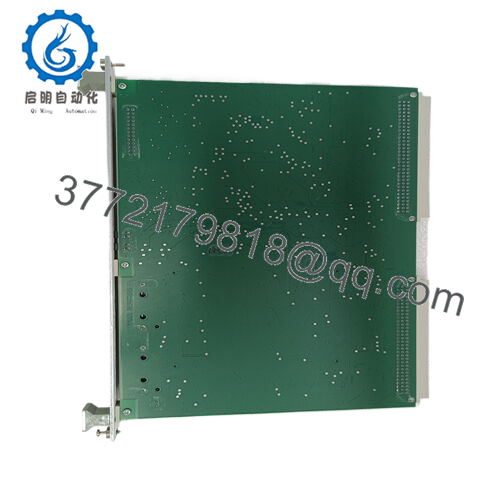
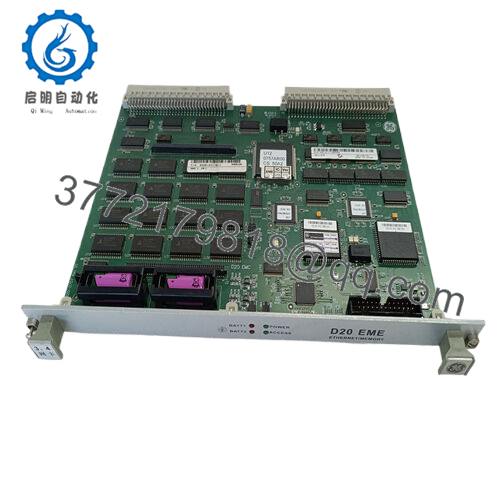
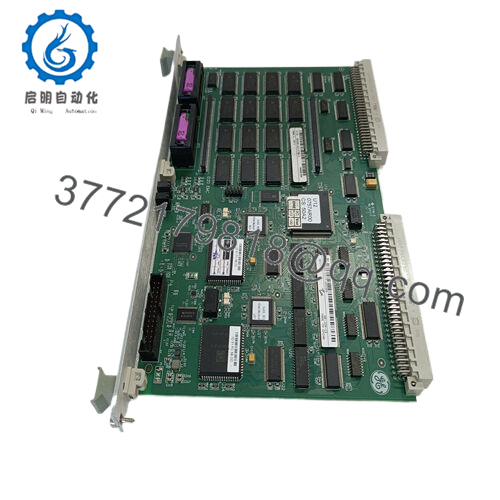
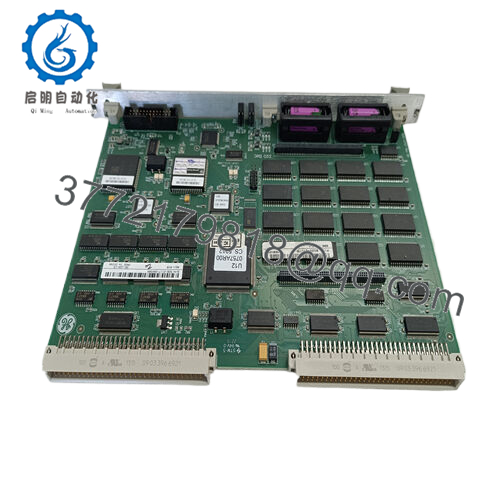
 WhatsApp: +86 16626708626
WhatsApp: +86 16626708626 Email:
Email:  Phone: +86 16626708626
Phone: +86 16626708626


